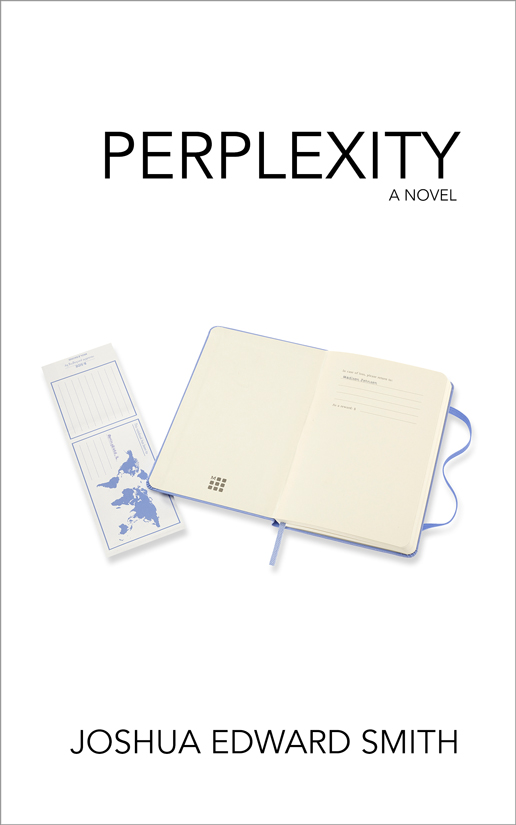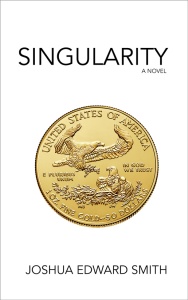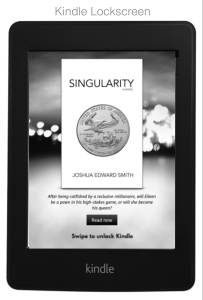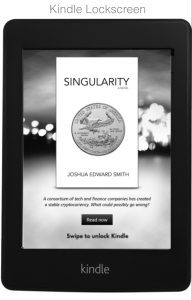My latest novel has been launched, and I’m now ready to report on how my insane book launch plan worked out.
The Good
I started sending out scenes when I was only about halfway through writing the novel. That was a little risky, but I did have a full detailed outline going into the project. And it turned out fine. I didn’t have any trouble wrapping up on time, and I didn’t hit any cases where I needed to fix something that had already gone out.
The proofreading skills of a few of my readers were superb! My usual proofreader couldn’t do it, because of the COVID, but there were a few readers who spotted all the things she would have found.
For the most part, the people responding to my survey liked or loved the story and the delivery mechanism. I’ll get to the details of that in a bit.
The Bad
Unfortunately, the readership never went viral. I had about 100 people sign up. I’m not sure how many actually read it (beyond the 23 who responded to the survey, who all did). I guess that’s about what I expected, but it’s less than I hoped.
As of this writing, I’m standing fast at just 6 reviews. While the ones I have are great (solid 5 stars!), I need a lot more before I can effectively market the book. It usually takes a long time to build up a respectable review count, so this isn’t unusual. But I did think that having such a large reader base before publishing would help push that along better. (Part of the problem is that Amazon refuses to accept some reviews for no reason, but that’s nothing new.)
Sales are very weak so far. This isn’t a surprise since there’s no reason to buy a book you just finished. Nonetheless, it would have been nice to see more of a bump at launch. Sales will catch up once I have enough reviews that I can start advertising.
The Survey
23 people responded to the survey I sent out. That’s about a quarter of the people who signed up. This is not a random sample, and n is small, so we cannot really draw any statistically significant conclusions. What we are about to see is a summary of what people who responded to the survey think. Not an estimate of what everyone thought.
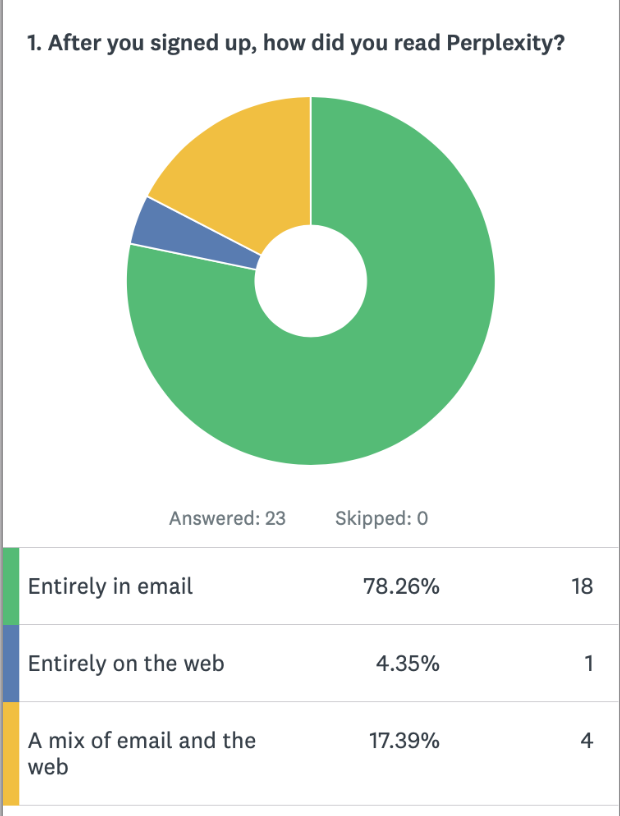
I expected more use of the website. But clearly, the ease of just reading the scenes with your morning emails from Amazon and Target won out.
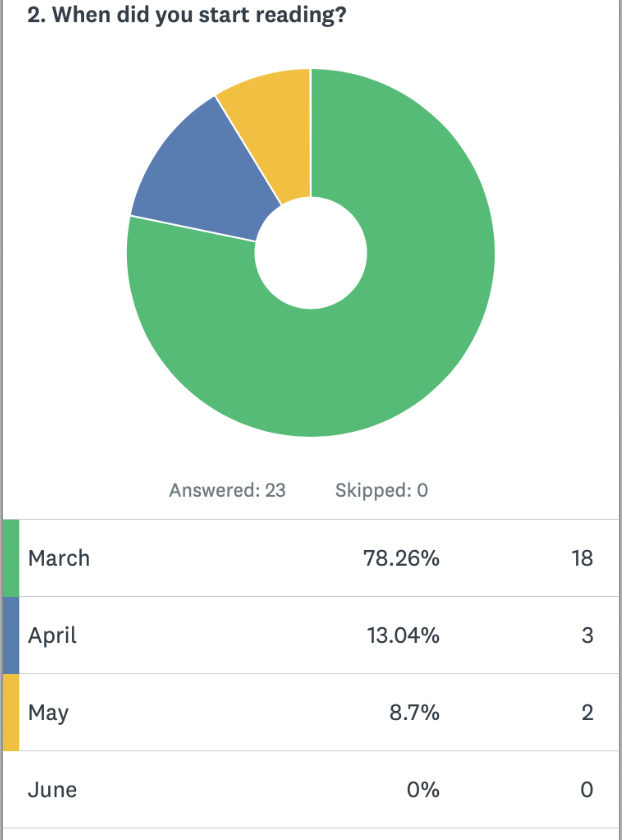
See my point earlier about there not being a viral effect I was hoping for. I got a bunch of sign-ups right at the start, and that’s mostly who I had throughout the process.
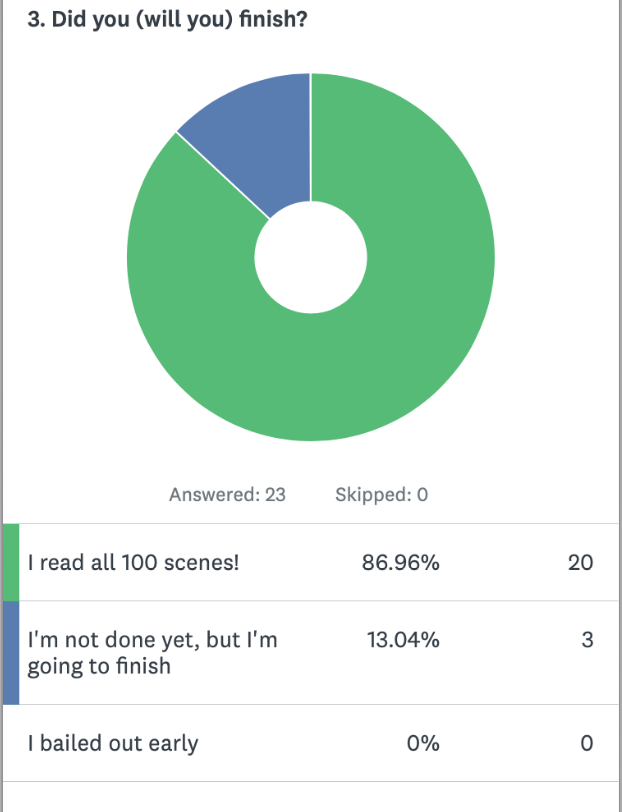
Nobody who completed the survey bailed out. I wish there was some way to know about the other 77 people, but there isn’t. My only data point here is that I sell all my books exclusively through Amazon, which means some people read them in Kindle Unlimited where I get paid per-page-read. And about 95% of the people who read 5 pages of my books, go on to read all 400. I don’t have that data for this book yet, but I suspect it’ll be the same.
We will skip Question 4, since that was asking why people bailed out, and nobody did.
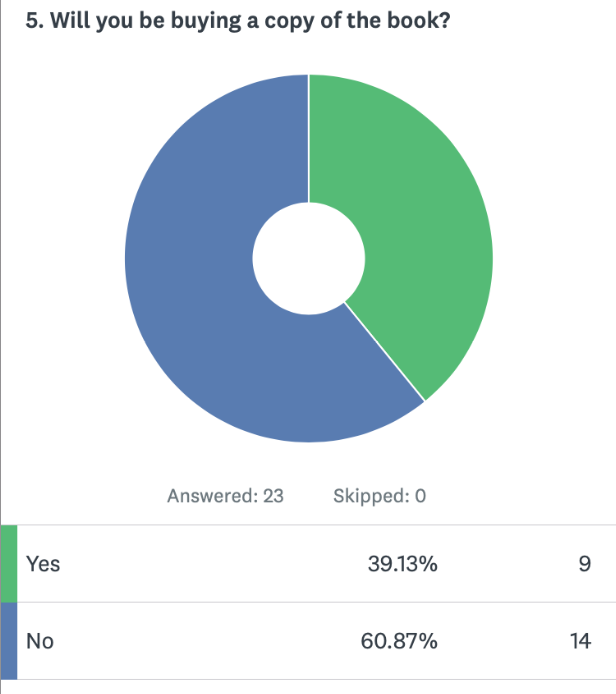
Roger that. Between online sales and people buying signed copies, I’ve indeed sold that many.
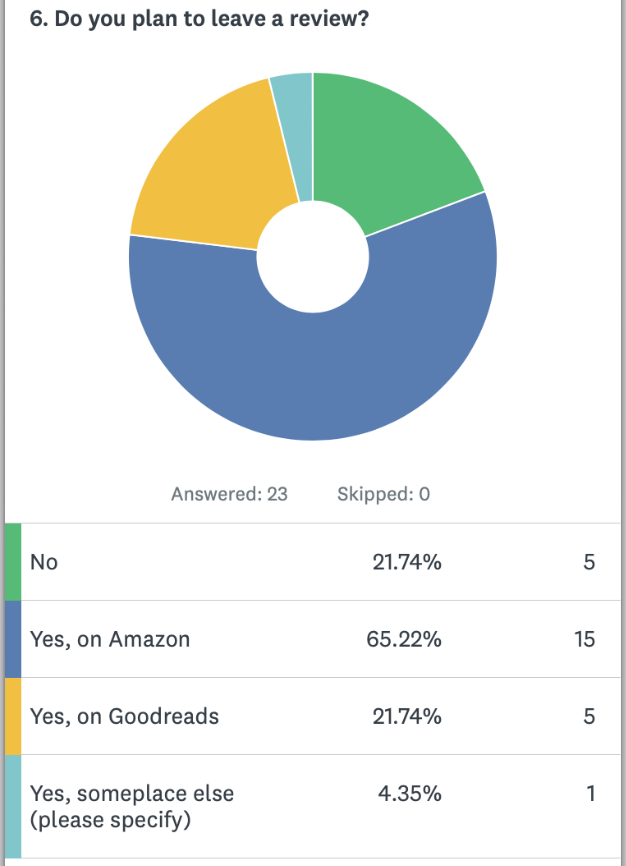
Like I said, so far I have 6 on Amazon. I know of two people who Amazon rejected for no apparent reason.

Not every book appeals to every reader, so we authors quickly learn to get a thick skin about those 2 and 3 star ratings. As long as the average is above 4, it’s relatively easy to market. (All my books have 4+ stars on Amazon.)
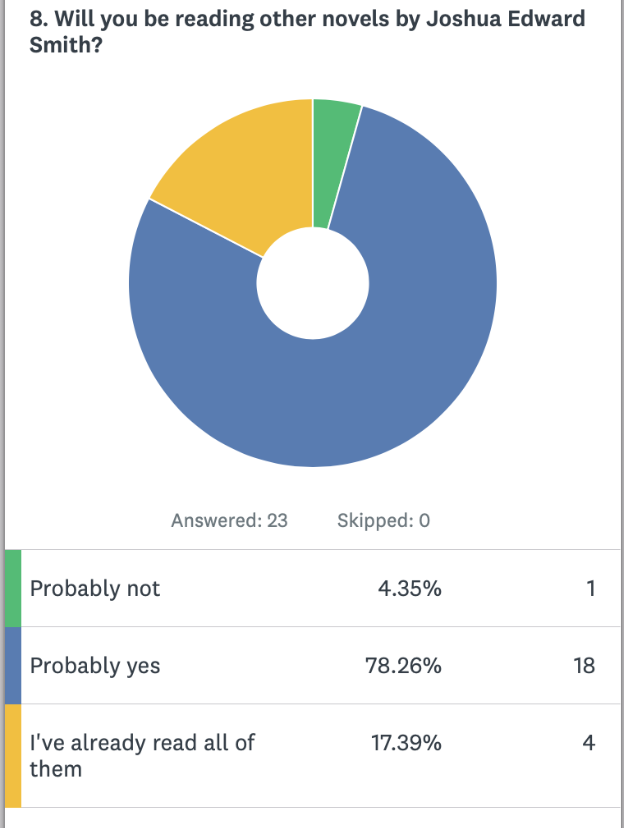
Wow. Even the 3-star people? Sweet!
The last question was just for free-form feedback, which I got a surprising amount of. Summarizing:
- 7 people mentioned how much they loved the scene-a-day format
- 1 person really hated the scene-a-day format
- 2 people don’t like the way I plot my stories (short scenes, no transitions). I write every novel that way, so those two folks probably should skip my other books.
- 2 people wanted more of a wrap-up. I’m not big on wrap-ups. They tend to be trite and disappointing. I prefer to leave my readers with something to noodle on awhile.
And so…
Will I do this again with my next novel? I don’t know. So far, the economics of it look pretty bad. Perhaps if I paired it with some kind of a monetization strategy, to compensate for the lost sales. Or perhaps it’s just too soon, and the reviews and word-of-mouth sales will materialize after all. I usually don’t start writing my next novel until the winter, so there’s time to wait and see.
Have you read my novel and left a review? If not, please do so here.
